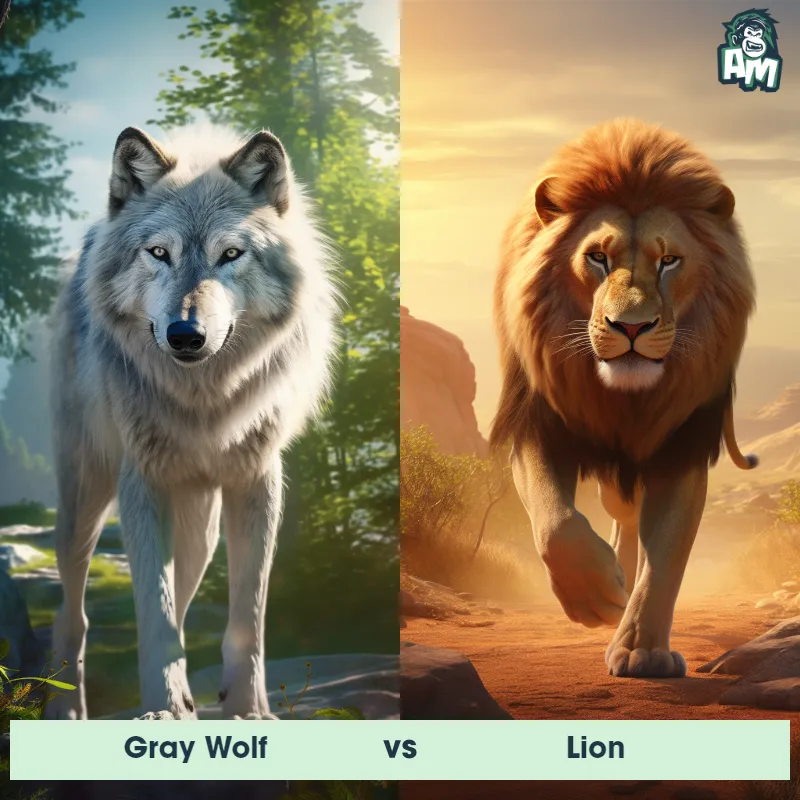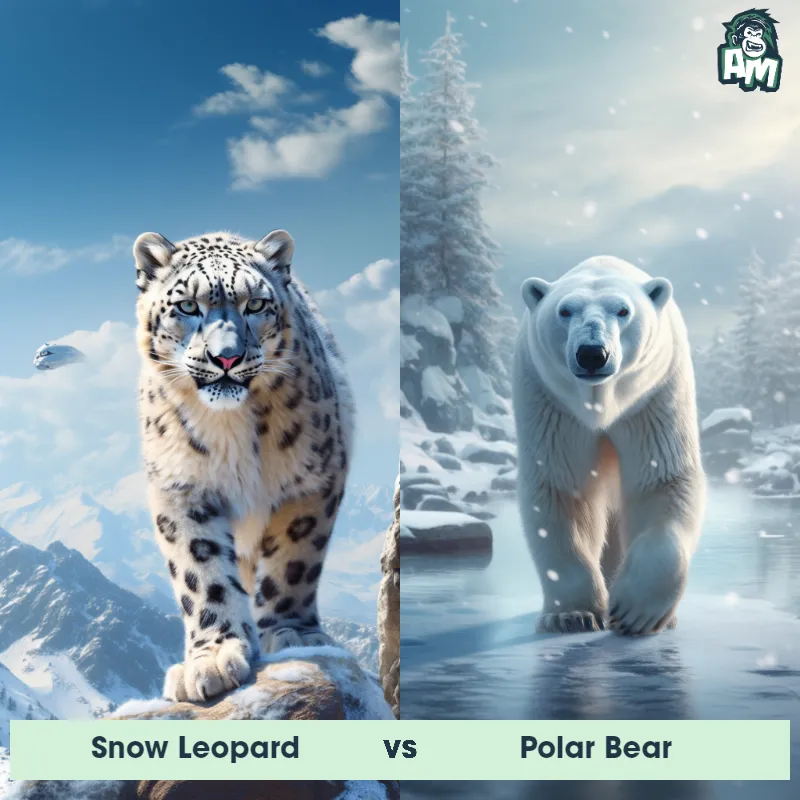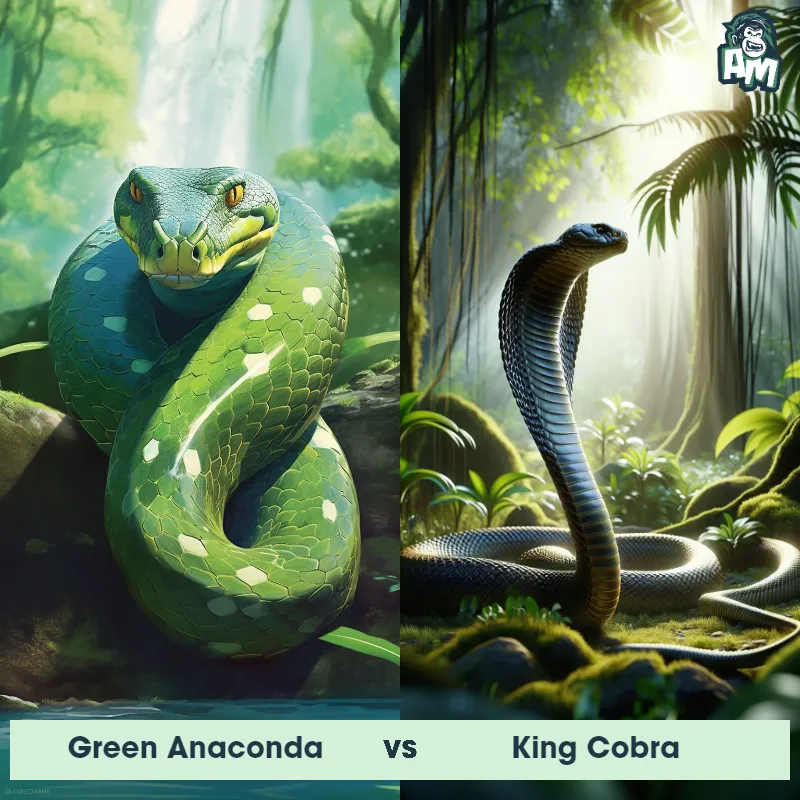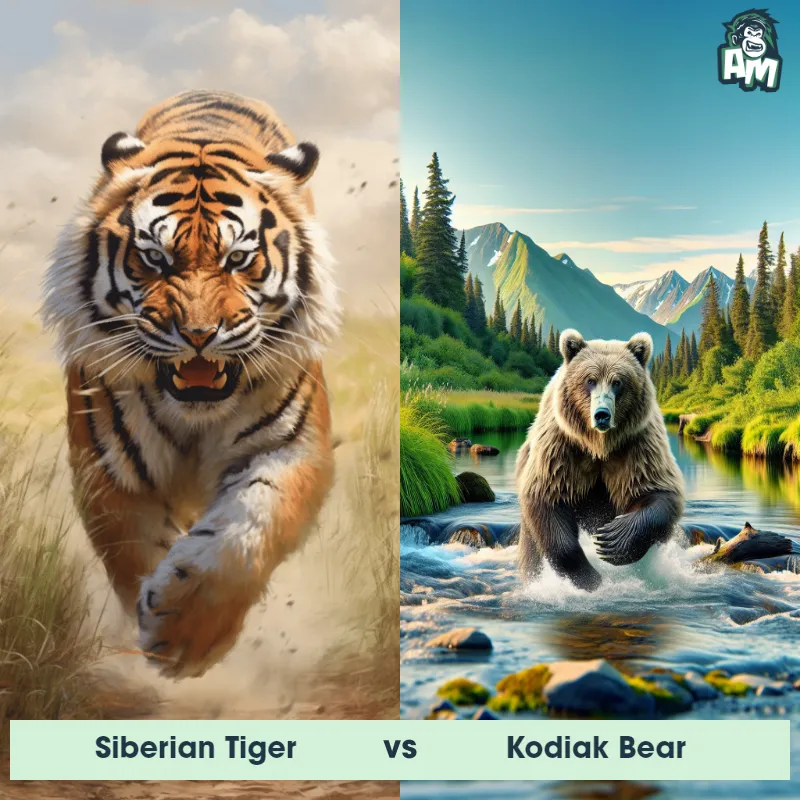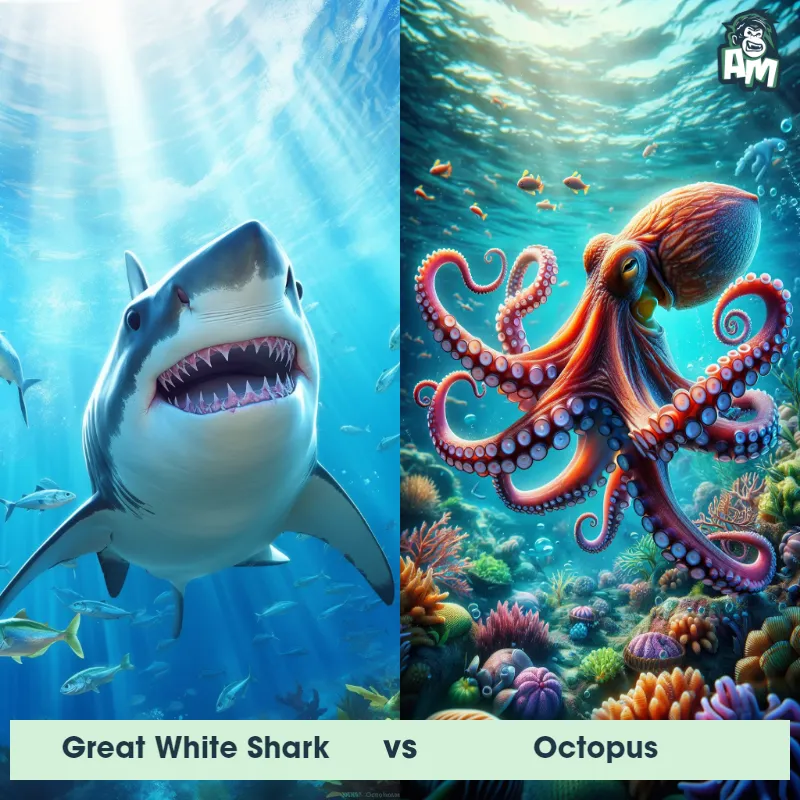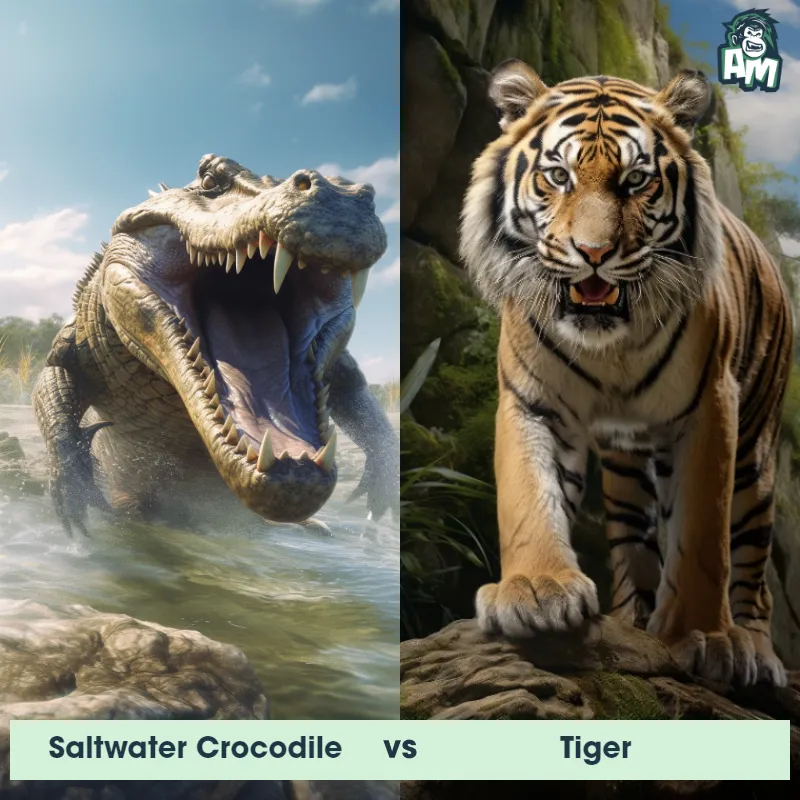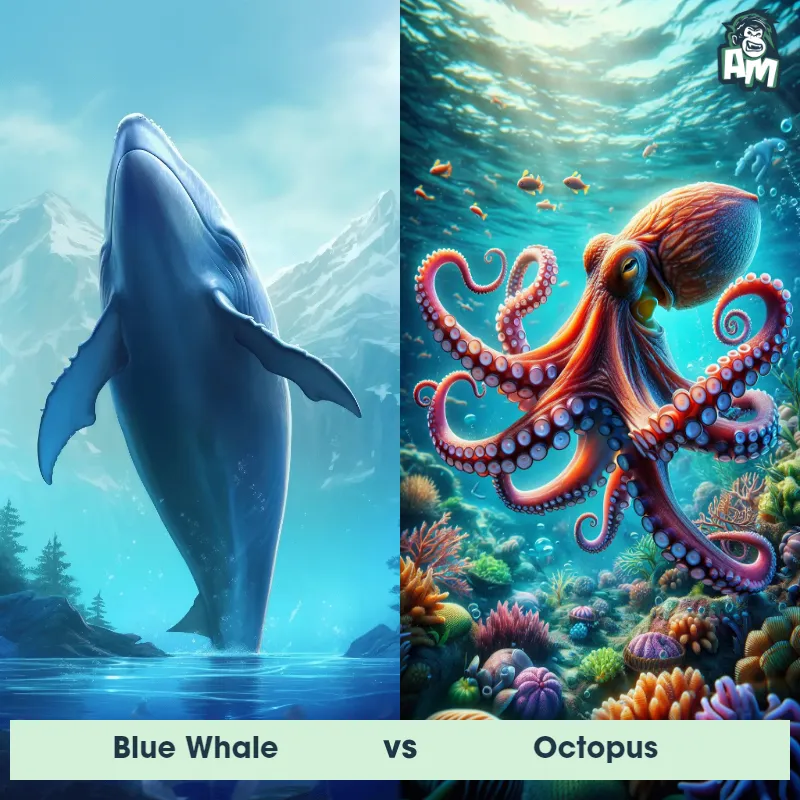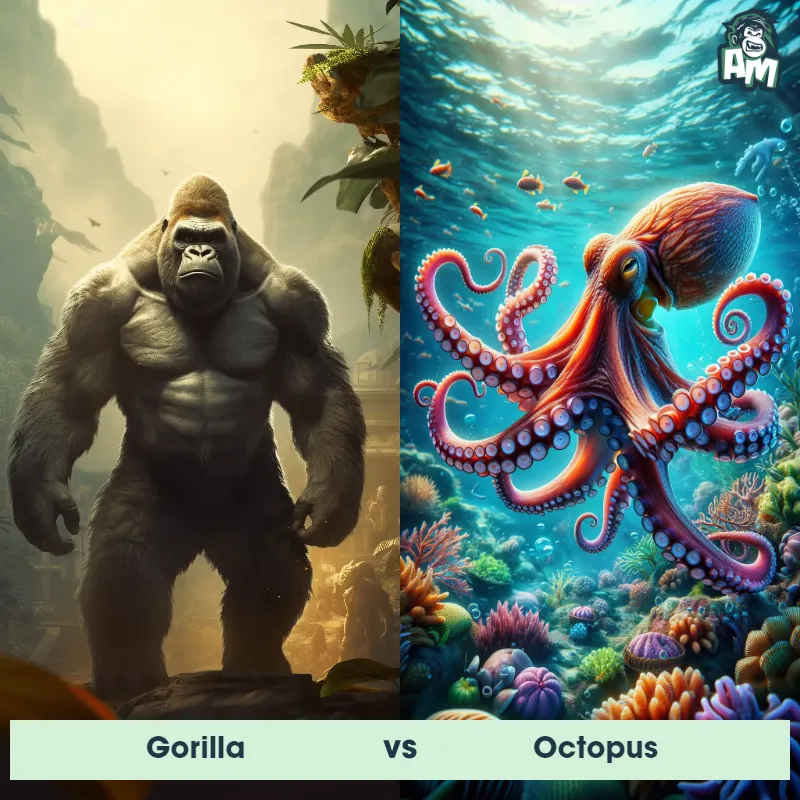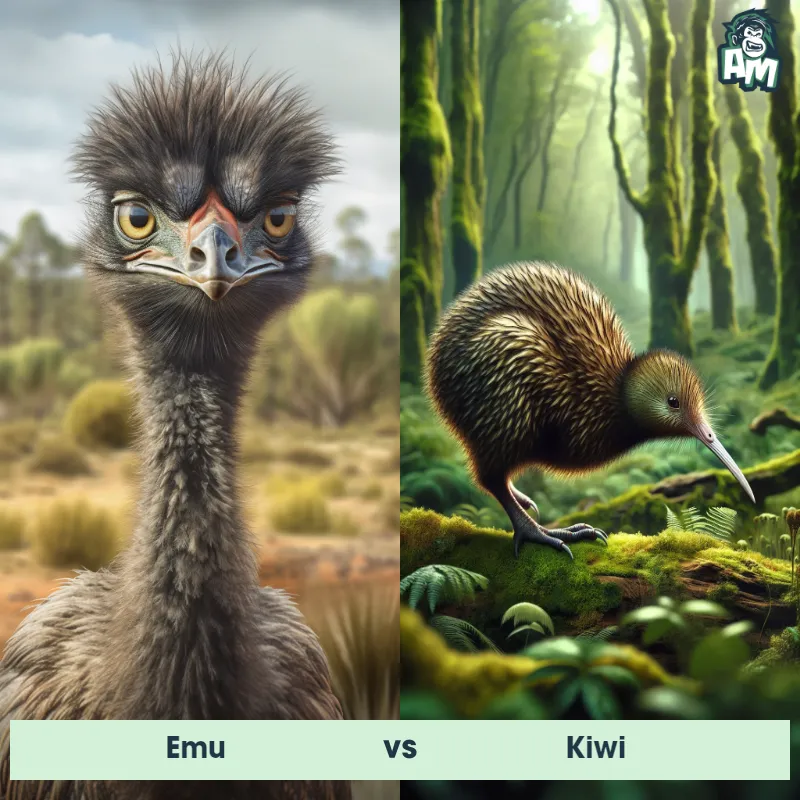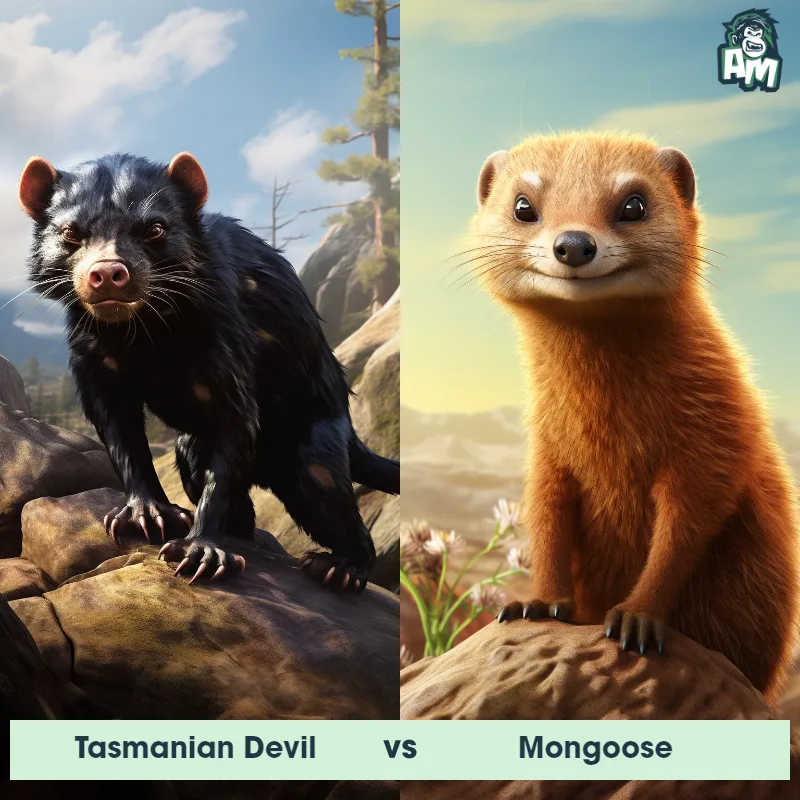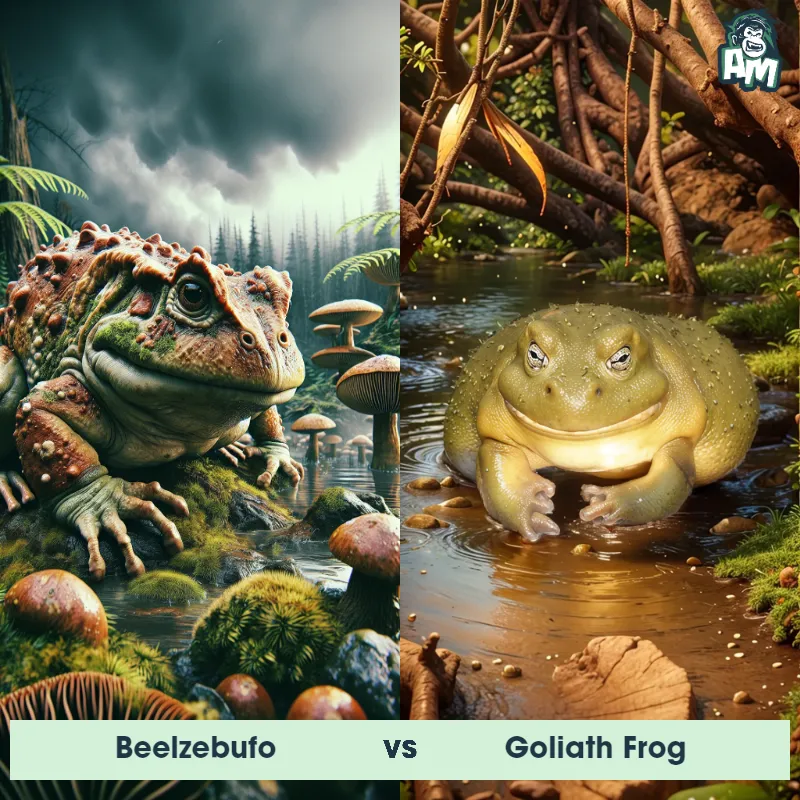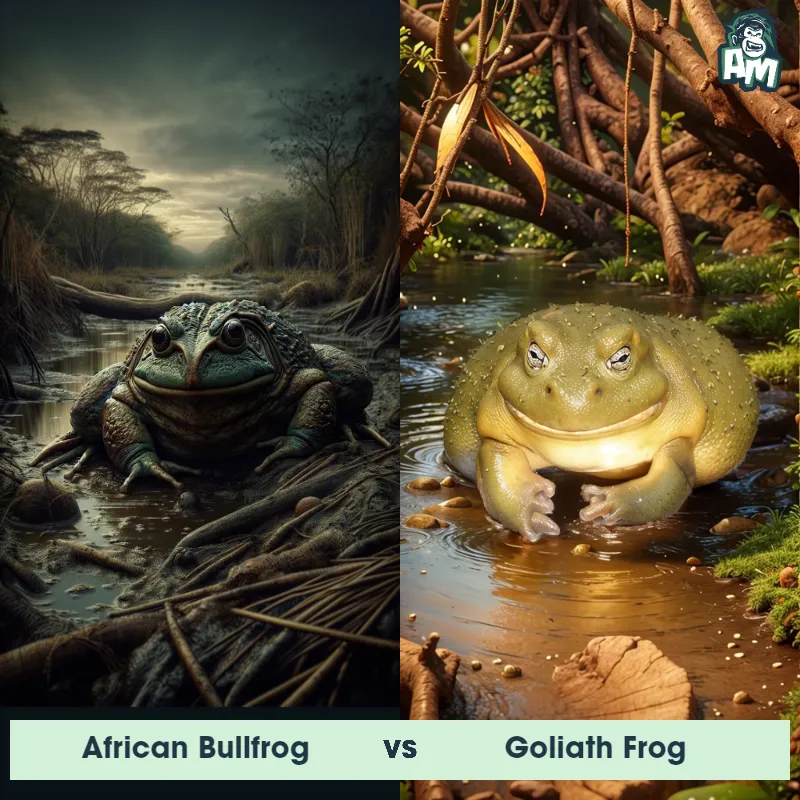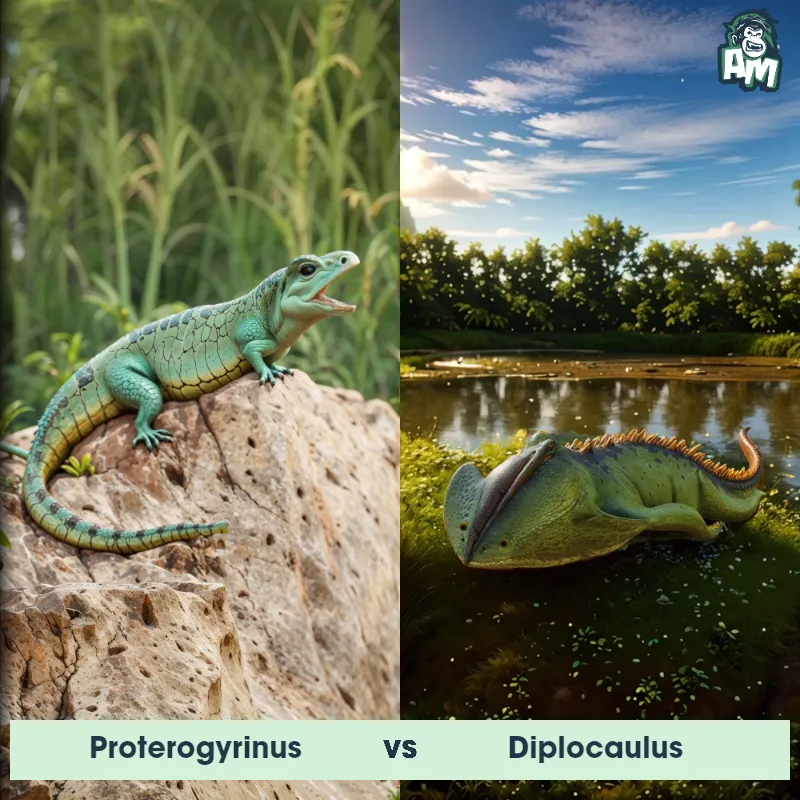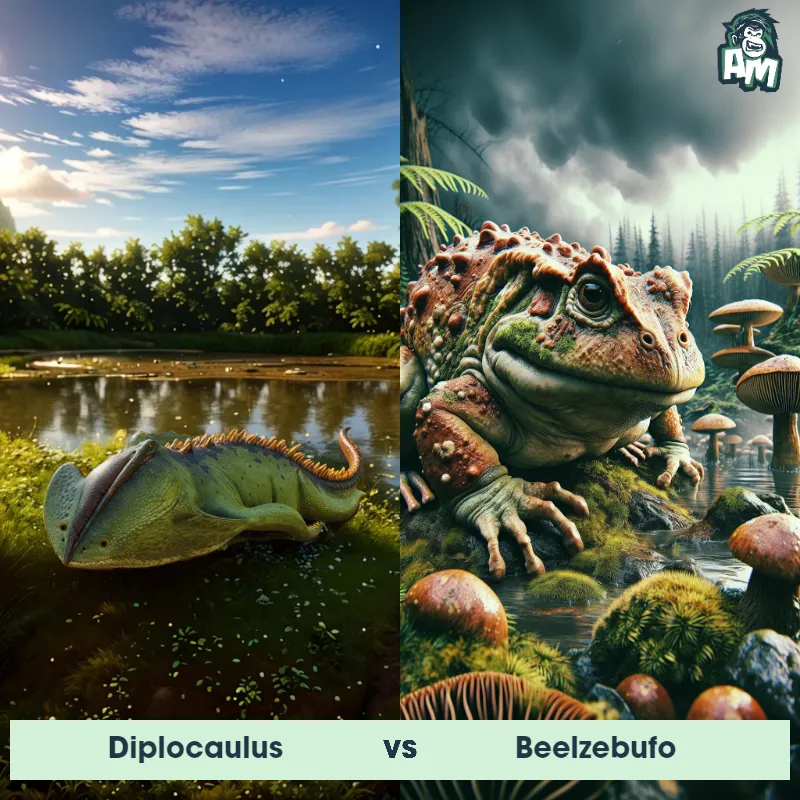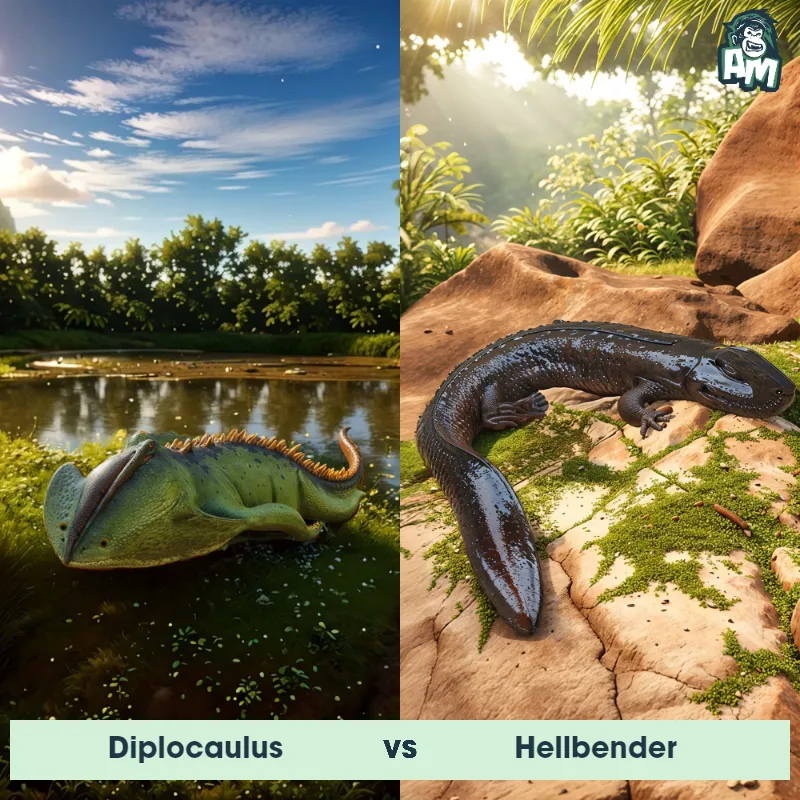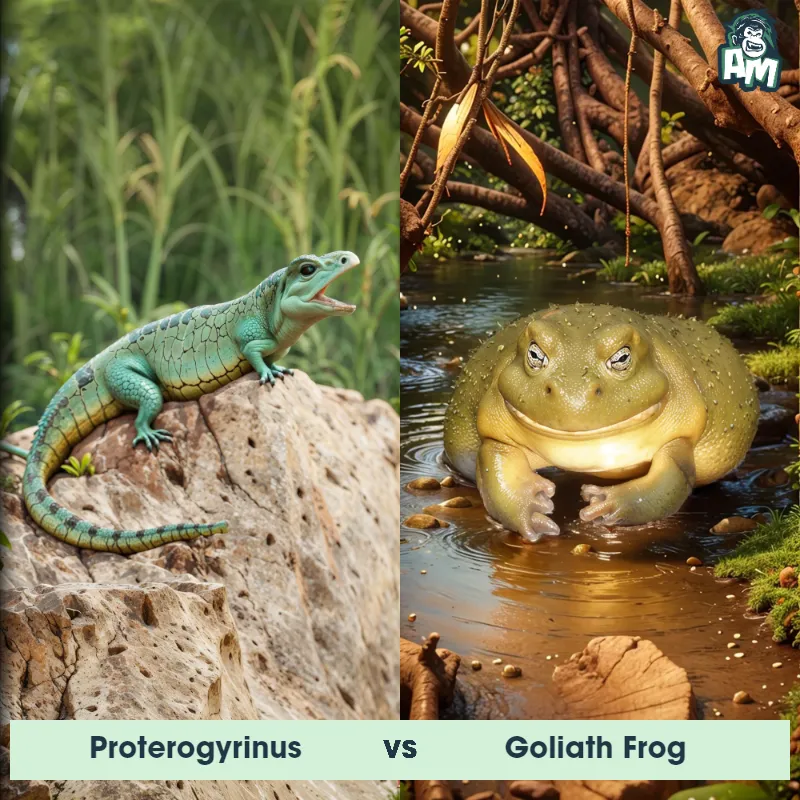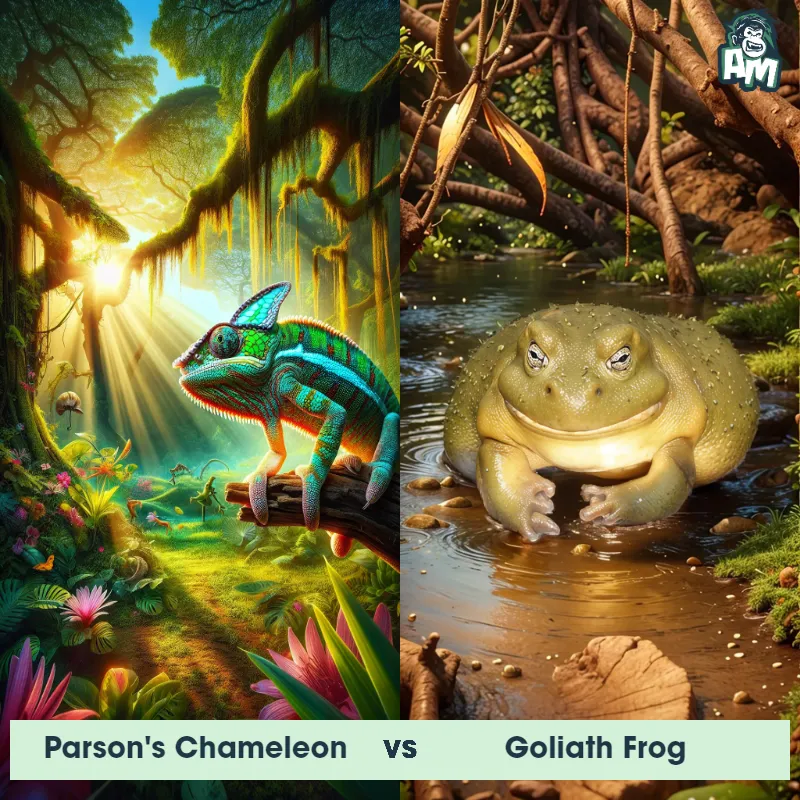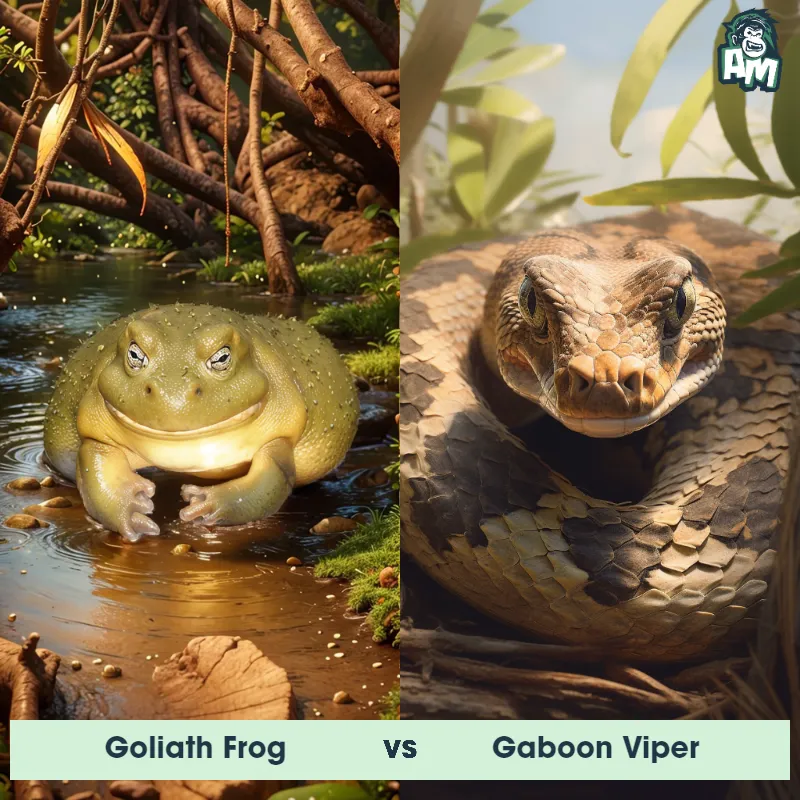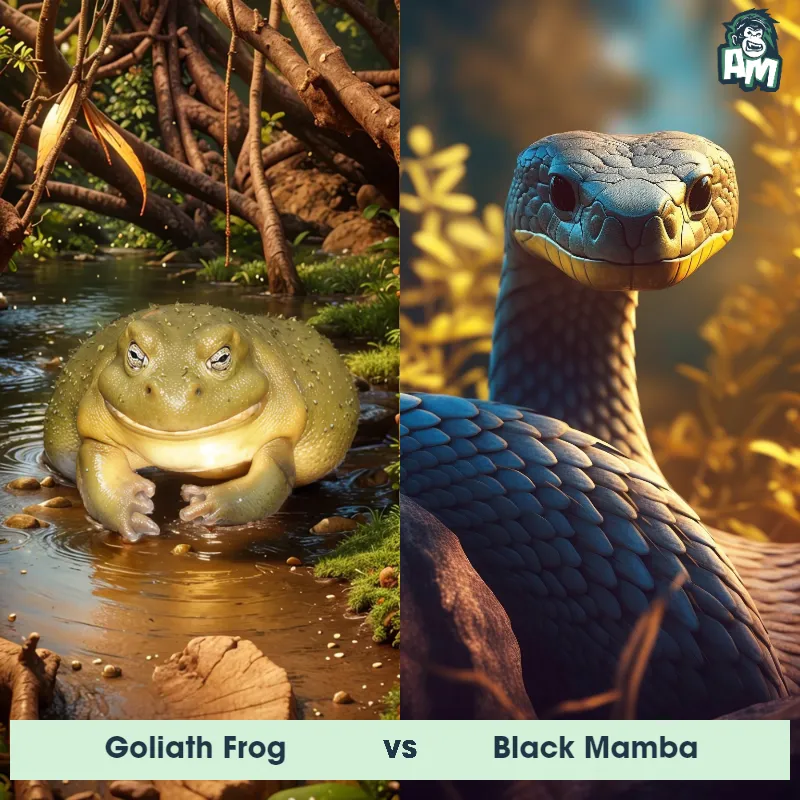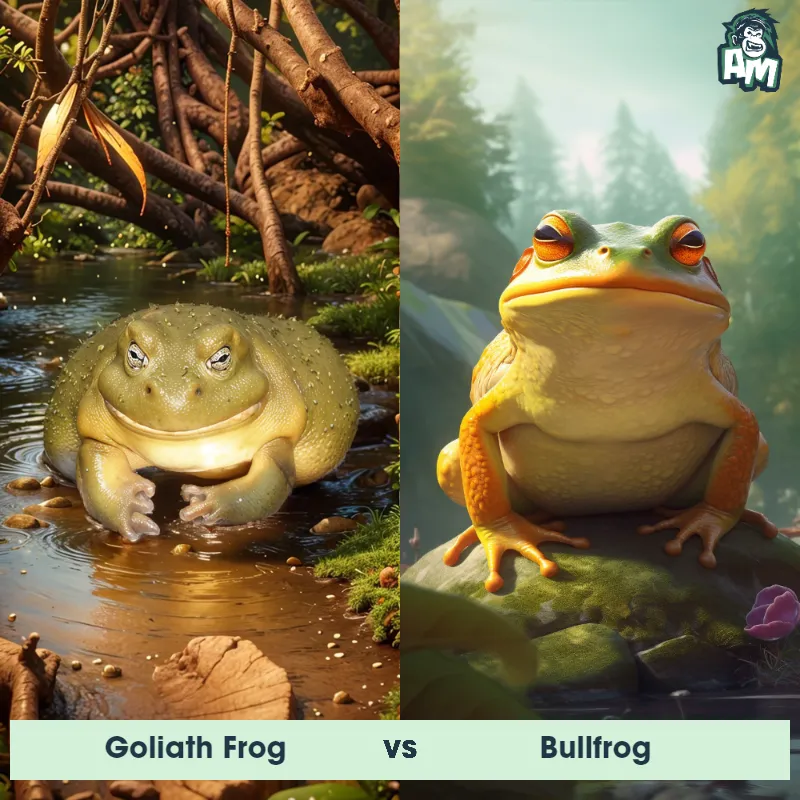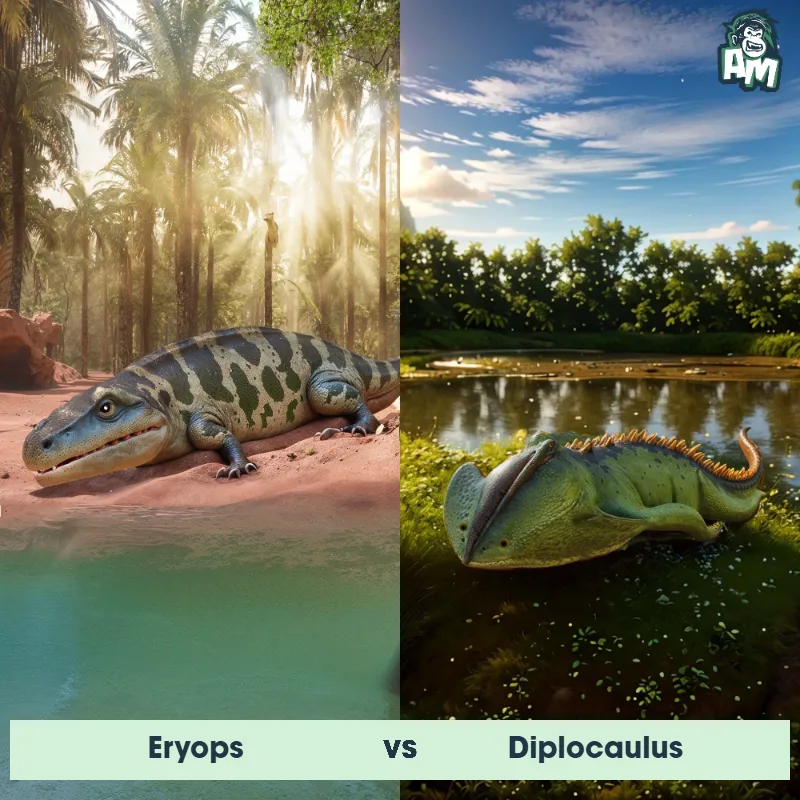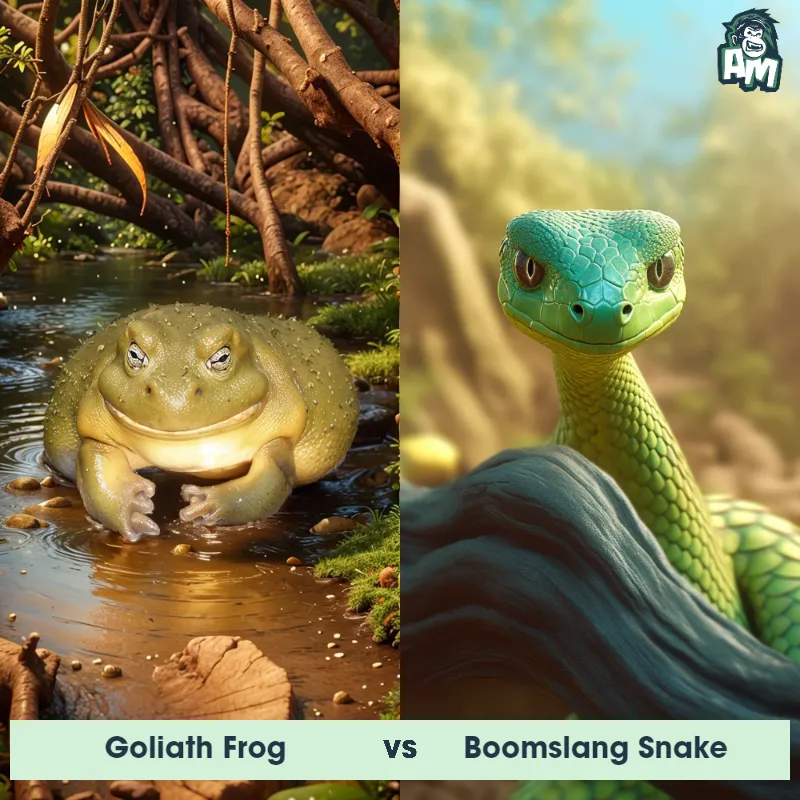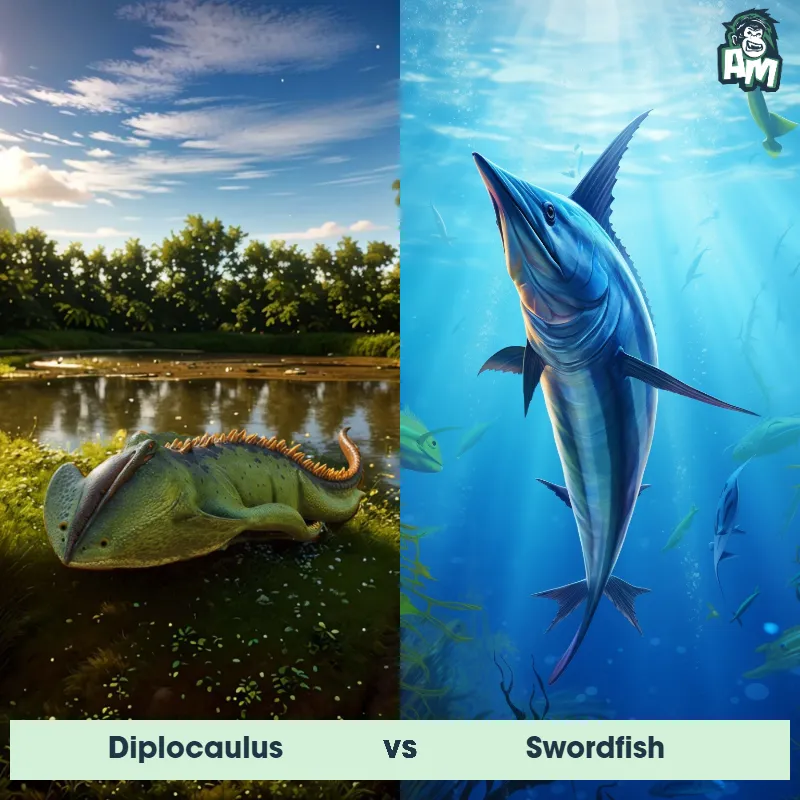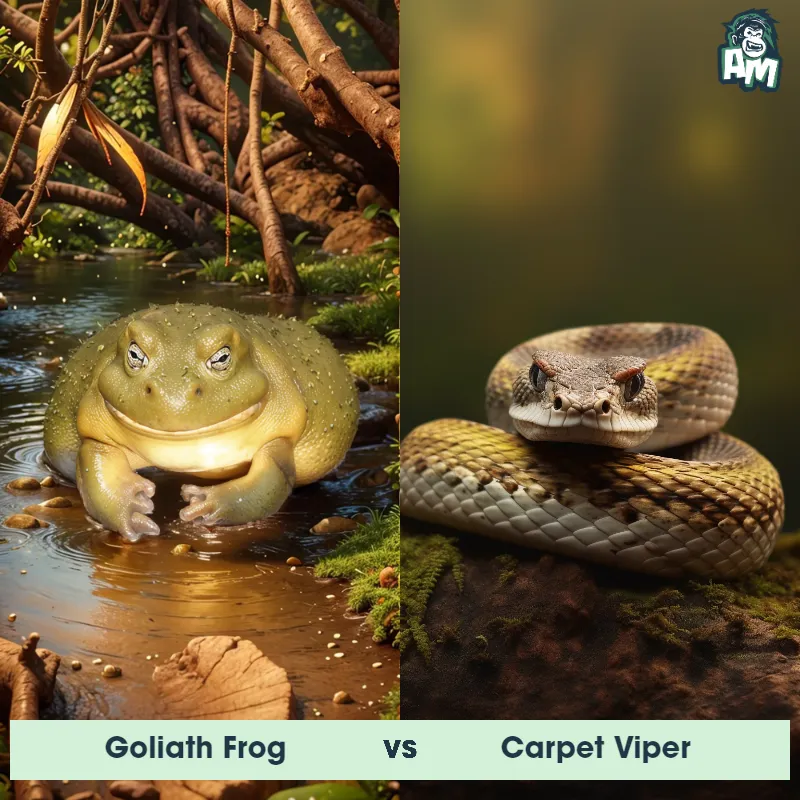Diplocaulus vs Goliath FrogSee Who Wins
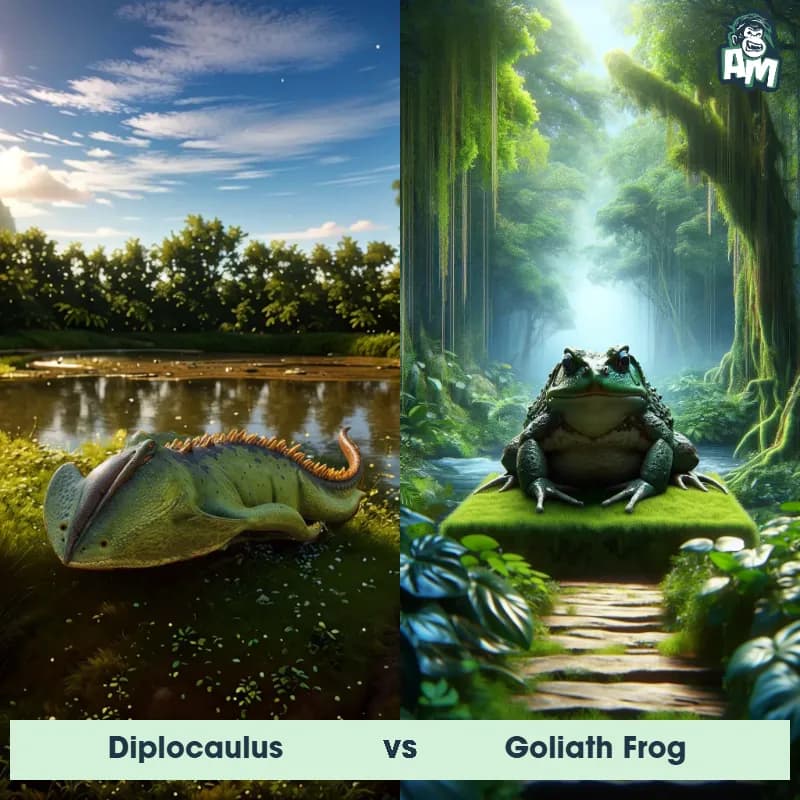
Welcome, ladies and gentlemen, to this epic matchup between a Diplocaulus and a Goliath Frog! We have two fascinating creatures ready to battle it out in three intense rounds. Let's see who will come out on top in this showdown of strength and agility.
Contender 1: Diplocaulus
The Diplocaulus, also known as the "boomerang-headed amphibian," was a prehistoric creature from the Permian period. It had a unique, boomerang-shaped skull that made it easily recognizable. This amphibian had short, stout legs and a streamlined body, perfect for swimming in the waters it inhabited. Its diet likely consisted of small fish and other aquatic organisms.
Fun Fact: One fun fact about Diplocaulus is that despite its appearance, the boomerang-shaped skull was not used as a weapon or for defense, but rather as a way to improve its buoyancy while swimming.
Contender 2: Goliath Frog
The Goliath Frog, known for its large size, can grow up to 30 centimeters in length and weigh over 3 kilograms, making it the world's largest frog species. These frogs have greenish-brown skin with darker markings, webbed feet, and powerful hind limbs for jumping. They inhabit the fast-flowing rivers and streams of West Africa, where they feed on insects and small vertebrates.
Fun Fact: Goliath Frogs have a unique way of communication, as they can produce loud calls that sound similar to a lion's roar when they are feeling threatened or during mating season.
Matchup Stats
| Diplocaulus | Goliath Frog | |
|---|---|---|
| Size | Approximately 2-3 feet (60-90 cm) in length | Up to 30 centimeters (12 inches) |
| Weight | Around 10-20 pounds (4.5-9 kg) | Over 3 kilograms (6.6 pounds) |
| Speed | 7 mph (11 km/h) | 15-20mph (24-32km/h) |
| Key Strength | Speed and agility in water | Powerful hind limbs for jumping |
| Biggest Weakness | Vulnerability on land | Limited defensive capabilities |
Current Votes
Diplocaulus vs Goliath Frog
See Who Wins
View More Matches
Looking For More?
Similar Matches
Scientific Stats
| Diplocaulus | Goliath Frog | |
|---|---|---|
| Scientific Name | Diplocaulus | Conraua goliath |
| Family | Diplocaulidae | Conrauidae |
| Habitat | Freshwater | Fast-flowing rivers and streams |
| Geography | North America | West Africa |
| Diet | Small fish and aquatic organisms | Insects and small vertebrates |
| Lifespan | 10 years - 15 years | 10 years - 15 years |
Key Differences between Diplocaulus and Goliath Frog
- Diet: Diplocaulus was carnivorous, feeding on small fish and invertebrates, whereas the Goliath Frog is mainly herbivorous, consuming fruits and plants.
- Size: Diplocaulus is significantly smaller than the Goliath Frog, with an average length of only about 3 feet compared to the frog's 1-foot length.
- Shape: Diplocaulus has a unique boomerang-shaped head that is not found in the Goliath Frog, which has a more traditional frog-like appearance.
- Color: Diplocaulus has a distinctive dark brown or black shade with lighter spots, while the Goliath Frog is typically a bright green color with darker markings.
- Habitat: Diplocaulus is a prehistoric amphibian that lived in freshwater environments millions of years ago, while the Goliath Frog is found in the rivers and ponds of West Africa.
- Behavior: Diplocaulus was likely more solitary in nature, whereas the Goliath Frog is known for its loud mating calls and group interactions during the breeding season.



